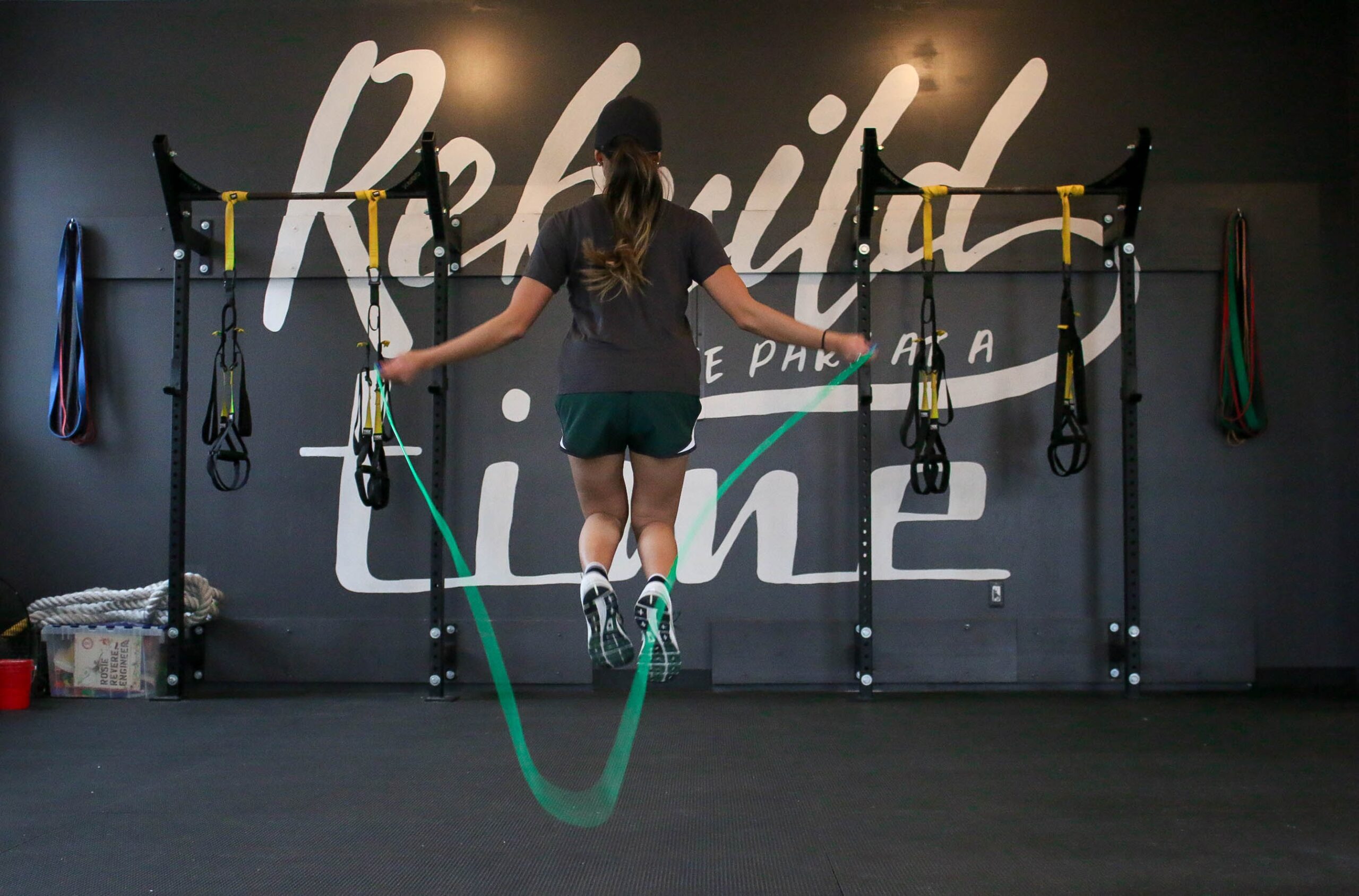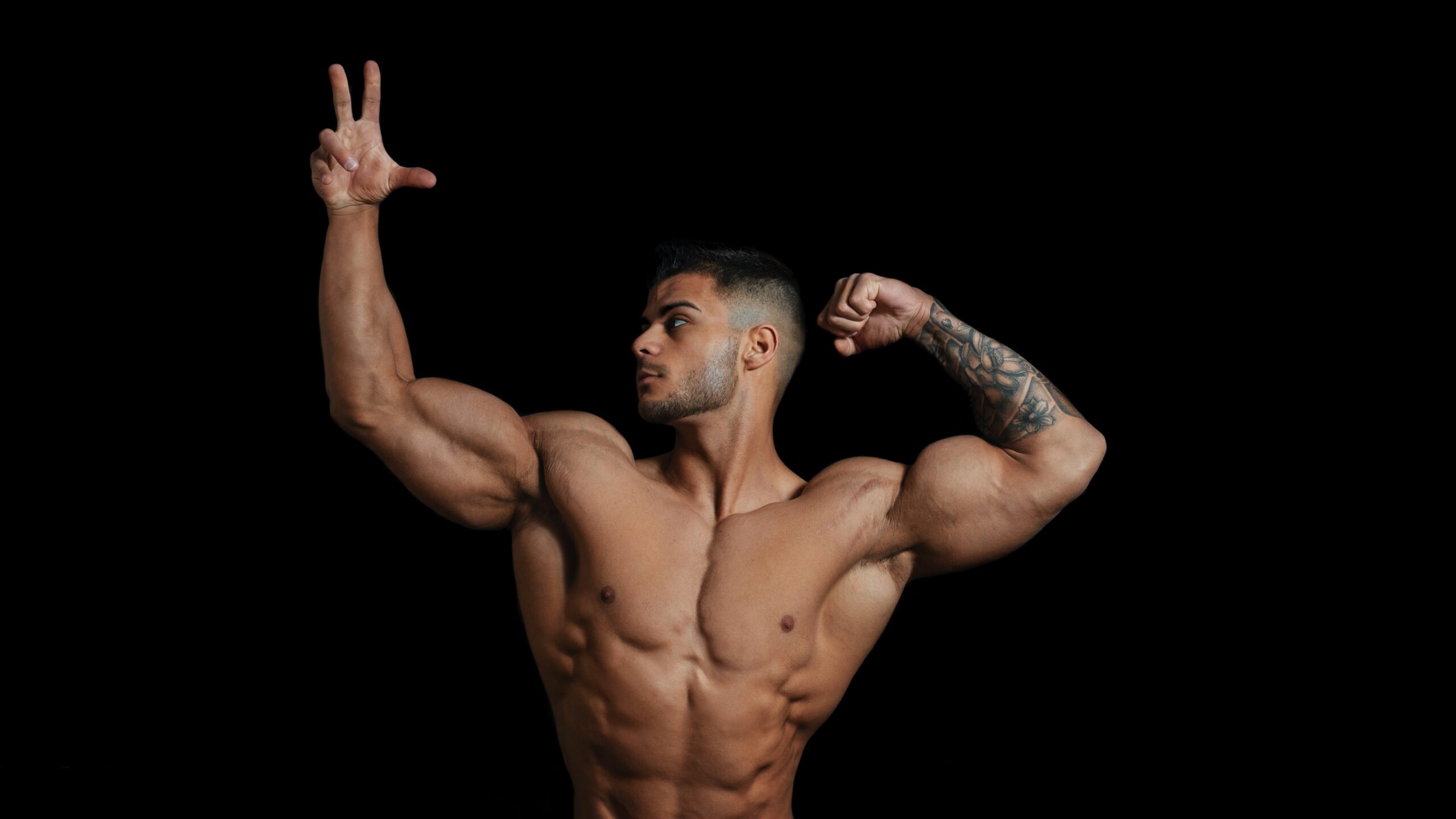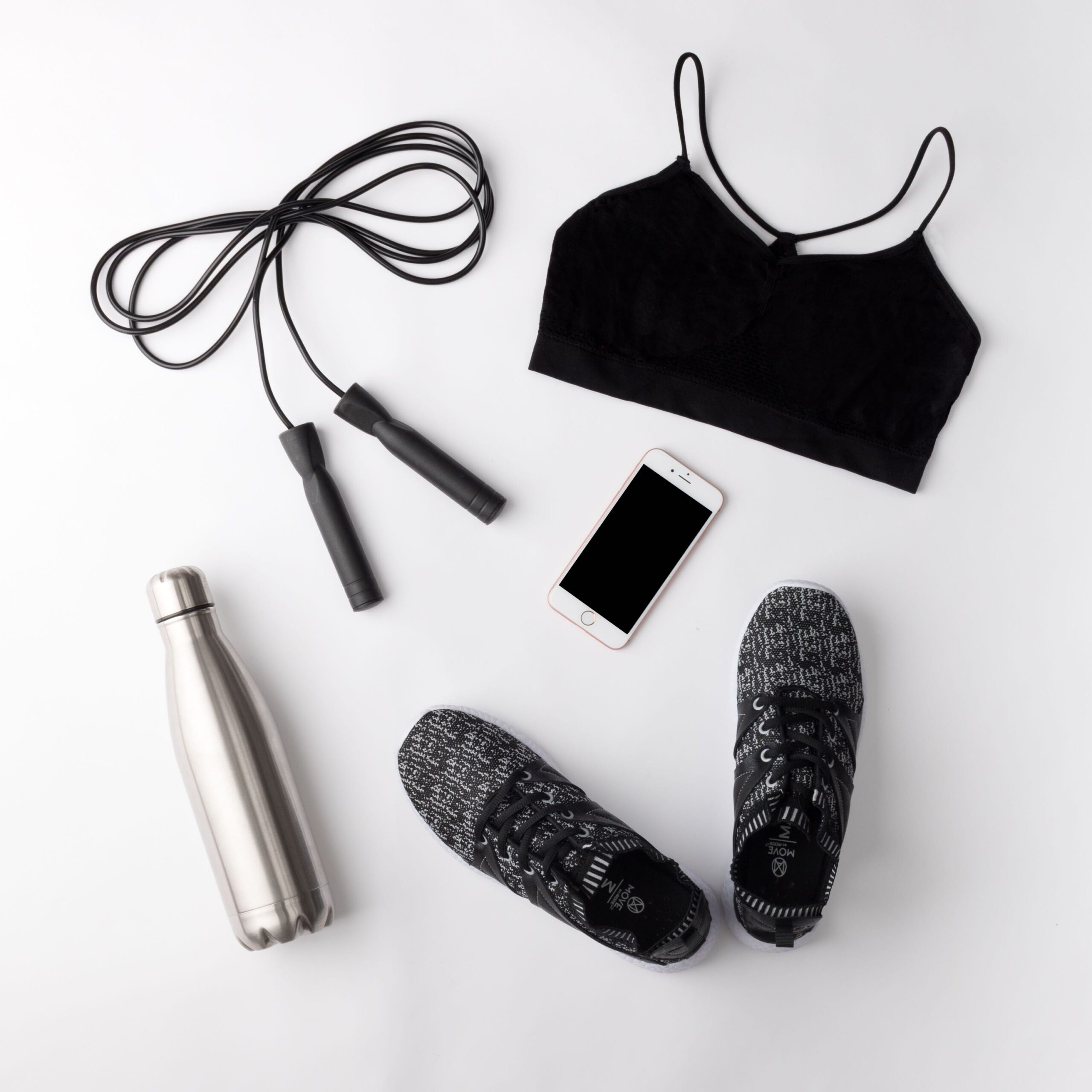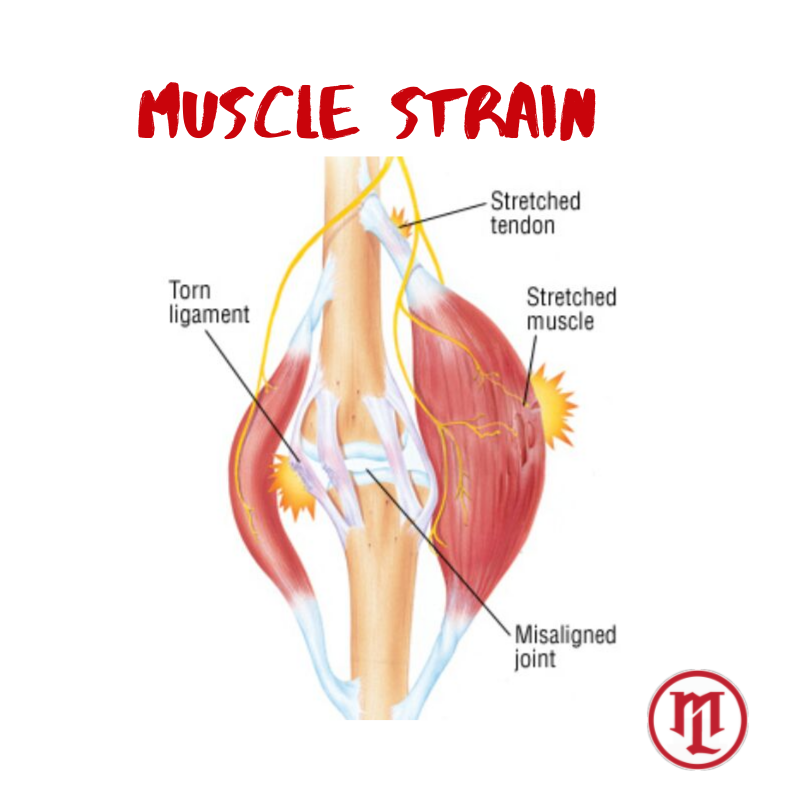10 Benefits of Having a Home Gym

Whether you’re a experienced gym-goer or just starting your fitness journey, the benefits of a home gym fast outweigh most pricey gym memberships. Thanks to tech, home gym workouts are

Whether you’re a experienced gym-goer or just starting your fitness journey, the benefits of a home gym fast outweigh most pricey gym memberships. Thanks to tech, home gym workouts are

Jumping rope is one of the best forms of physical activity that will strengthen your cardiovascular system. It is also good for your mental health as it requires a certain

If you want to gain muscle mass fast you need to be in a positive energy balance. This means that you need to consume more calories than you burn. In

In this article, I want to share some of the best essentials that I believe you can have if you are serious about your training. Water Bottle Having a water

Here is a quick lower body workout using a kettlebell. The focus of this workout is to strengthen the legs and glutes. I started the workout with a quick foam
Check out this interview with my friend Abdul Iscandari aka Dat Man Dooley. It is also available on Apple Podcast, Spotify, and all other podcasting platforms. Podcast on the way‼️

What Is A Muscle Strain? Have you ever felt like you pulled a muscle and wondered what the heck just happened? Well, it was most likely a muscle strain. A
Here is a quick Q & A session. If you have any more questions for me please drop a comment. Here are some stretches to do watch this video!: https://youtu.be/llptT_3_yUk
In this video Mike Lee is giving a demonstration of several different ways to do push ups to increase your upper body strength and overall fitness. Try to add this